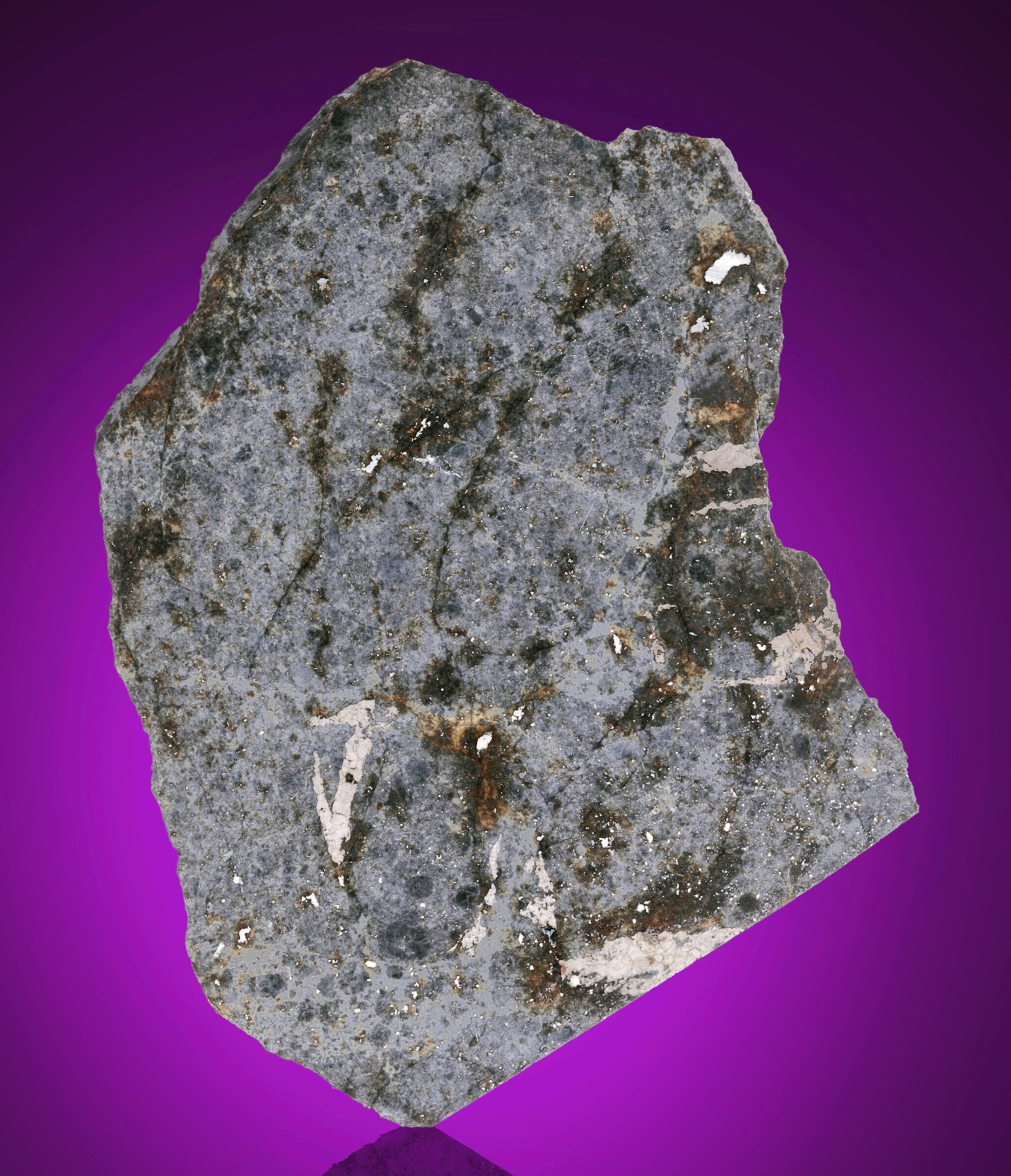A piece of space rock no bigger than a credit card can be sold in the coming days at a very high price at Christie’s auction. The item presented for the bet is a fragment of the first ever recorded Ensisheim meteorite. It was noticed when it fell from the sky and landed in a wheat field. In some historical books and manuscripts, this was the only major recorded world event of 1492.

“This happened at a time when there was still no scientific consensus on the existence of meteorites. Back then, such “rocks from the sky” were considered God’s message,” said James Hislop, head of the natural history department at Christie’s auction house.
This is not the first time pieces of the famous meteorite have been put up for sale. Previously, pieces weighing an ounce (28 grams) the size of chips appeared at Christie’s and Sotheby’s auctions. It still remains a popular item among collectors because of its historical significance.
As of Monday, it has already collected more than 20 online bets, and the price per piece is approaching USD 5,500. The auction will close on March 28. The last time Christie’s sold meteorites was in 2021. Then a sample weighing 14 grams went under the hammer for 15 thousand dollars.
First witness of the fall
The meteorite fell to Earth just a few weeks after Christopher Columbus reached the Bahamas. The meteorite fell near the Alsatian city of Ensisheim in France, after which it was named. A witness on November 7, 1492, was a boy who led residents to the site of the fall of a 127-kilogram black rock that crashed into a meter depth. The explosion during the fall was heard within a radius of 160 km.
The Ensisheim meteorite belongs to the chondrites most commonly found on Earth. But in the Middle Ages there were no words to describe such a miracle. It will take about 300 more years for scientists to recognize that rocks really fall from space and this phenomenon has a scientific explanation.
Currently, only 53 kg of the 127-kilogram meteorite remains, which is gradually being sold off in parts.
Needle in a haystack
According to scientists, about 48.5 tons of meteoritic material with an age of billions of years falls on the planet every day. But finding them on Earth is akin to finding a needle in a haystack: a significant part of the debris evaporates in the Earth’s atmosphere or falls into the ocean, covering more than 70% of the planet.
People have discovered more than 60 thousand space rocks on Earth. The vast majority of them originate from asteroids. But a small part – about 0.2% – comes from Mars or the Moon. At least 175 of them are identified as aliens from the Red Planet.
Earlier we reported how a meteorite impact on the Moon caused a bright flash.
Follow us on Twitter to get the most interesting space news in time
https://twitter.com/ust_magazine

